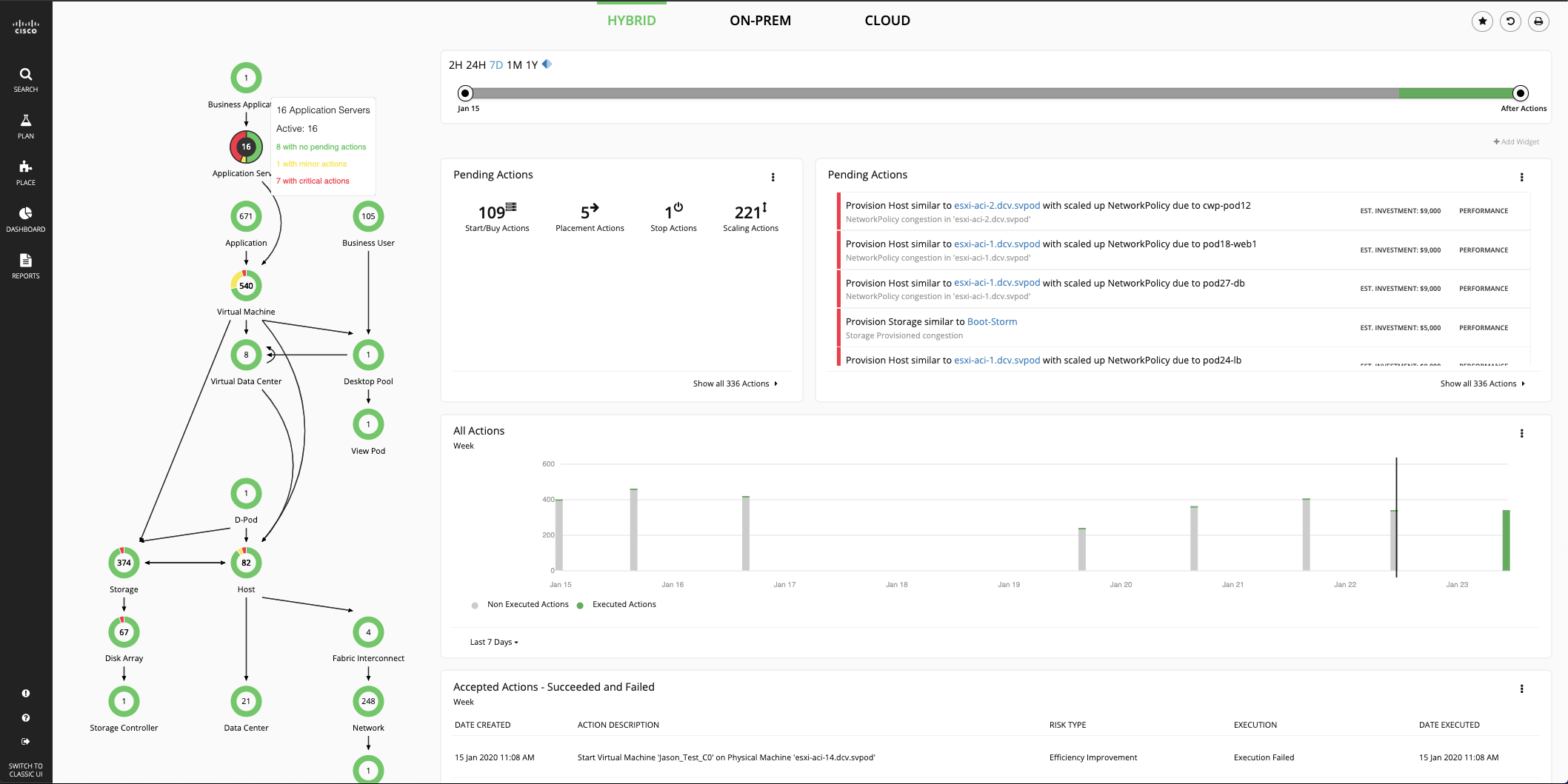Today we attended 3 sessions each about different architectures: Meraki, Data Center, and AppDynamics. For the first session about Meraki, we learned about the creation and applications of the program/company. Meraki allows the admin to make edits to the code of one Data Center and then push all the updates to every Data Center connected to the given network without having to go to each one individually. Meraki allows businesses, using their advanced camera system, to be able to track traffic inside their stores, count the number of people entering or exiting their store, and even determine whether customers are wearing masks and social distancing or not. The third session we attended was about AppDynamics; AppDynamics allows the admin users to be able to better understand when the app crashes, where is the problem located and who is responsible for the crash. It helps to pinpoint a specific problem which significantly reduces the time it takes to eliminate a given problem. In general, we learned about how all of Cisco’s architectures are meant to streamline the process for business owners and companies by creating simple and straightforward layouts and designs.
Here is a picture of what the Meraki dashboard looks like:

Link: https://meraki.cisco.com/form/demo
Here is a picture of what the AppDymanics dashboard looks like:

Link: https://www.appdynamics.com/solutions/cisco/cisco-workload-optimization-manager
– Grace